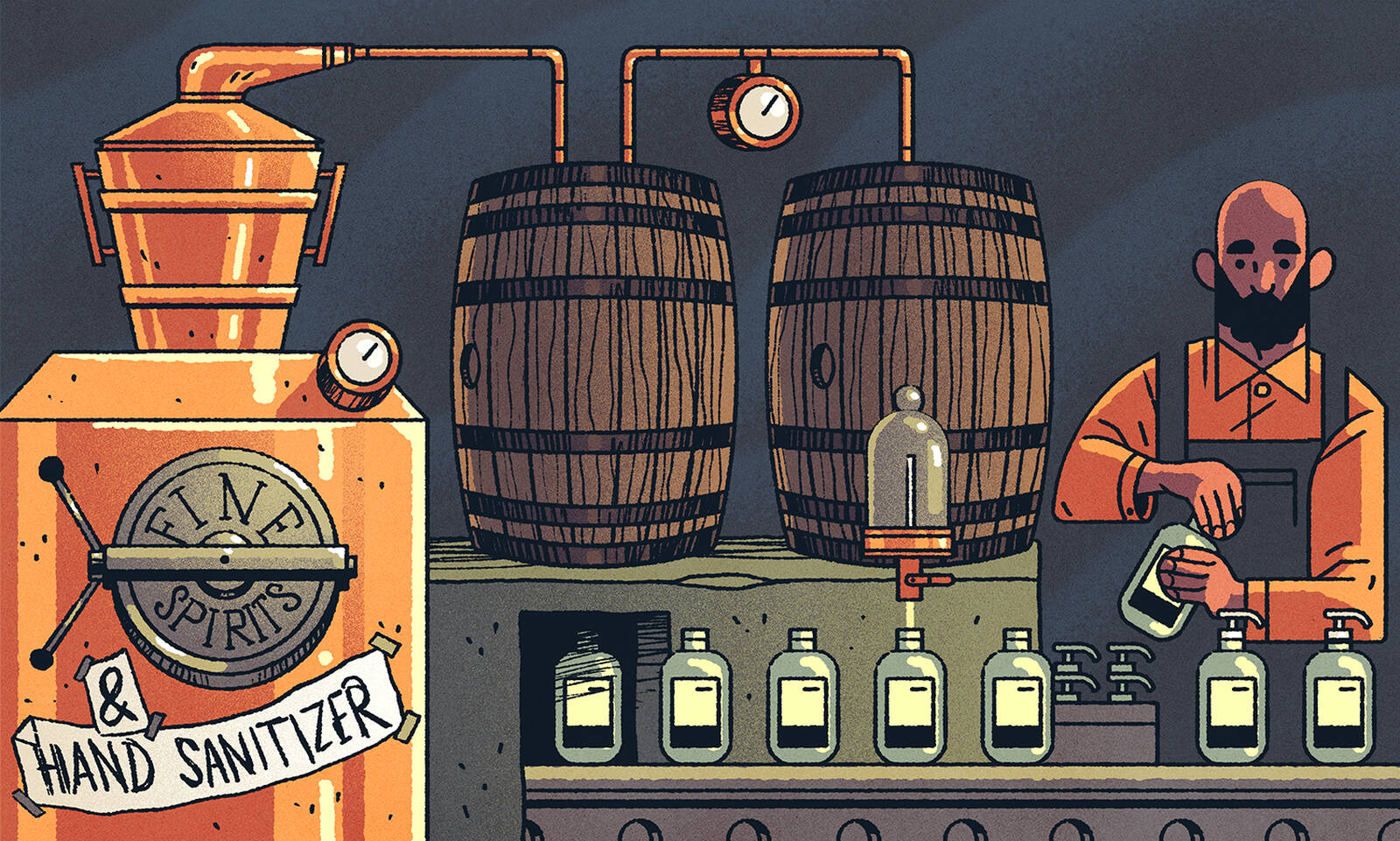Featured Faculty
Lecturer in Kellogg's Social Impact & Sustainability Program; Director of Social Impact & Sustainability

Michael Meier
Business leaders are struggling to keep their organizations afloat and employees safe while the novel coronavirus sweeps across the globe. At the same time, many are also searching for ways to help within their communities and beyond.
A prime example is Zoom, the videoconferencing company. Zoom’s CEO has offered free accounts to any K-12 school that has had to shutter due to COVID-19. This in-kind donation of service will allow students to keep up with their academics without further taxing school budgets.
“The company has to be under incredible strain right now,” says Megan Kashner, director of social impact at the Kellogg School. “It could be making money hand over fist off K-12 schools, yet the CEO made a choice for the public good. It’s huge.”
Of course, not every company has such a clear service to share. Still, Kashner says there are likely creative ways that almost any company can be of use to those in need.
She offers three questions leaders can ask themselves to determine how they might use their resources and expertise to help their communities. She urges companies not to define their “community” as solely where their offices are or where they and their employees live. Leaders should think about where their goods and services are sold, as well as where their suppliers are located.
What is your core business and how can that be of use to the community? Zoom’s free school accounts fall squarely into this category.
Initiatives don’t need to be so enormous to be of help, though. Consider Disney Plus’s decision to start streaming Frozen 2 three months ahead of schedule as a gift to parents confined at home with their out-of-school kids.
Or Kashner points to a company called 3BL Media, which provides a newswire service specializing in social-impact and sustainability issues. Normally, it charges companies and nonprofits for the service, but 3BL announced that any nonprofits making a public-health-related announcement can do so for free during the COVID-19 outbreak.
“That is a good example of using your core competency and services to make wading through this crisis easier for those on the front line,” Kashner says.
Similarly, many newspapers across the country are placing articles about the pandemic outside their paywalls for the duration of the crisis.
Here, Kashner suggests business leaders think about what resources they have that could be of use elsewhere. Do they have money, expertise, facilities, people, or inventory to share with community organizations?
Maybe your marketing professionals have some bandwidth to provide. Could they team up with a small business or nonprofit that is scrambling amid the chaos? Could your finance team help another organization figure out how to best make payroll or prioritize accounts? Again, Kashner urges leaders to think beyond their geographic neighbors and see if they can be of help in the communities where they do business or source supply.
Not every company has such a clear service to share. Still, there are likely creative ways that almost any company can be of use to those in need.
In addition to corporations, Kashner points to two charitable foundations that have enacted meaningful changes to help their grant recipients by relaxing grant rules and procedures.
The Robert Sterling Clark Foundation announced that it will extend grant funding for an additional year for all grantees. No one needs to apply for that extra year, the foundation said; they should just consider themselves funded.
“They’re going to take that stress off the grantee’s plate,’” Kashner says.
In a different approach, the Eisner Foundation has said that any of its grants can be converted to general operating money. Kashner explains: “They said, ‘if you have a grant from us now and it is for a specific program, forget it. It can now function as a general operating grant. You, the nonprofit leader, you decide what you need to use it for.’”
If the crisis means you have less business right now, and there isn’t a way to lend your people or products to other organizations, what could you be doing with your resources to help? This might mean producing something that feels a bit adjacent to your core business but would aid others in your community.
For example, many small distilleries are converting part of their operations to manufacturing hand sanitizer, which is in extremely short supply. Many are giving it away and are focusing on supplying healthcare workers and first responders.
On a smaller scale, a breakfast and lunch café in Chicago, Baker Miller, has teamed up with local chefs who are facing enormous uncertainty to create gourmet take-out dinners. By expanding beyond its normal hours and normal employees, Baker Miller is able to help others in their network of local restauranteurs.
Kashner stresses that, in addition to looking outward, companies that are focused on their own employees are often also helping their communities.
When Patagonia decided to close all its stores, it did so to slow the spread of the COVID-19, which is in itself a positive and community-minded step. But the company also announced that it will continue paying all its employees. This, obviously, takes an enormous amount of stress off of workers while helping to keep money flowing to other businesses in the community.
“When you treat your employees well, it has these ripple effects for your whole community,” Kashner says.
This will be harder to do for many small businesses and for those that are strictly brick-and-mortar, Kashner acknowledges. For those, the primary business challenge is also the biggest community benefit: simply remaining open at the end of the crisis.
“It’s one of the best things that these businesses can do for their communities,” she says. “Remain a viable business. Remain an employer.”